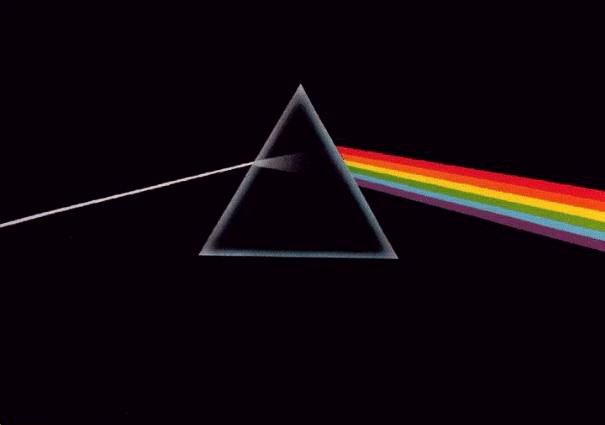
Light given off by a luminesent of fluorescent objects is often called - white light . When a beam of white light passes through a prism a band of colours called the spectrum of white light is produced as seen in the picture.

The colours are as follows: RED, ORANGE, YELLOW, GREEN, BLUE, VIOLET
These spectrum colours can be recombined to give back - WHITE LIGHT -
Another way to produce coloured light from luminous sources is to add together light from several different-coloured light sources. when different colours of light are added together, a new colour is produced. The theory o explain this phenomena is known as the Additive Colour Theory. The technique of combining colours of light together to peoduce new colours is called additive colour mixing.
Combining RED, GREEN, and BLUE, light together produces -white light . These three spectral colours are called the additive primary colours of light.
Complementary colours are formed when combinations in pairs, of the three additive primary colours are mixed or added together.
RED Light, + BLUE Light, produces MAGENTA Light,
BLUE Light, + GREEN Light , produces CYAN Light,
It should be noted that neither CYAN , nor MAGENTA , are colours of the spectrum of - WHITE LIGHT -
CYAN ,, MAGENTA , and YELLOW, are called complimenetary colours.
A definition for a complimentary clour is as follows: any two colours that can be added together to produce white light are called complementary colours.